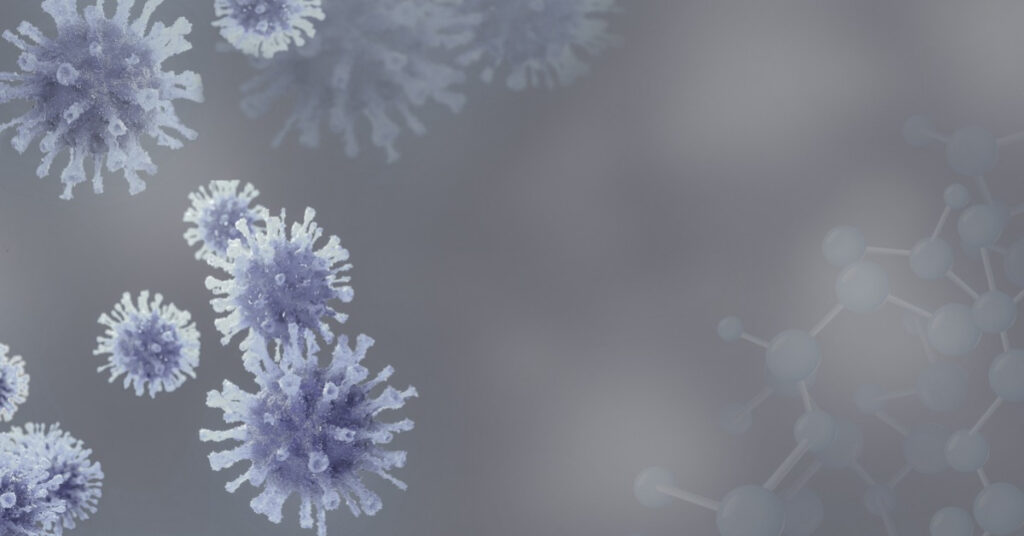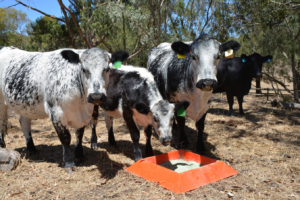With so many devastating pathogens on our doorstep, such as Foot and Mouth Disease, African Swine Fever, Avian Influenza and many others, it is vital businesses are prepared. This means not just knowing what to do in an outbreak, but also having the materials and products on hand and ready to go as soon as an emergency is declared. Businesses should make a conscious effort to increase stocks and rotate them so if there is an Emergency Animal Disease (EAD) declared, the business has access to additional stocks for increased activity in disease prevention, as prevention would be far more economical than the clean-up costs, loss of industry and loss of international trade and reputation.
When an EAD is declared, demand for suitable disinfectants, personal protective equipment (PPE) and other materials increases astronomically and a sudden demand increase may not be met once local supplies are exhausted, as supply chain delays in manufacturing and shipping currently run into several months, especially with the reluctance to ship as Dangerous Goods (DGs) if the carriers can avoid it. Further to this, there are very few non-DG disinfectants that can be airfreighted to speed up supply and with expensive air freight these days, expect those additional charges to be passed on.
What biosecurity products should you be using?
Whatever you use should be Fast Acting. Using a disinfectant that takes considerable time to inactivate pathogens of concern is not going to be effective as it may dry off or wash off before the pathogen has been killed. The disinfectant should be fast acting in cold climates as well as warm – aldehydes do not work well in cold conditions *1. Quality disinfectants can deal with some EAD pathogens in minutes.
Your product of choice should be versatile so it can be used in many applications (disinfecting surfaces, equipment, vehicle, foot dip, water systems, and aerial disinfection). Many disinfectants only have 1 or 2 APVMA approved applications so you need multiple products to fulfill all the applications you need to keep your business safe.
Most important is Independently Proven Effective for porous surfaces, with hard water, low temperatures and most importantly, in the presence of organic challenge. Global acceptability by governments and agencies is a good guide. Seek independent verification from internationally recognised laboratories, government web sites and University papers.
Look for Environmentally Sustainable Products with an Exceptional Safety Profile – chlorine and chlorine-based products do not fit this profile. Safety in use for the environment, animals and personnel will be one less risk during the challenges an EAD outbreak causes. As well, the sudden demand for extra staff today will lead to inexperienced staff being deployed in these situations and with all the training and education needs, keeping things safe and simple will help enormously. *2
Finally, your product of choice should be Cost Effective. It isn’t cost effective if it doesn’t fit the above criteria as well as looking at the dilution rates and application rates, not the drum costs. You will be surprised to find that some cheap disinfectants aren’t really that cheap!
Ask your Procurement, Quality Assurance, Health and Safety and Environmental teams or if you’re a small business ask yourself. What products are you using for disinfection? List them. What are the disease pathogens of concern for your business? List them. Do the products we are using kill the disease pathogens of business concern? If they don’t, you are wasting your money and risking your business using inadequate products.
Look to a business that can support you with staff training in chemical handling and safety, diagrammatic mixing and application, including what to wear and how to wear PPE posters and complete biosecurity programs.
| *1 Low Temperature Performance of Disinfectants by Ludmila Starostina 29 February 2016 *2 Virkon is the only registered disinfectant with AOC Australian Certified Organic |
Contact your local Alltech Lienert representative, or contact us here for more information on how we can help with your Biosecurity program.








